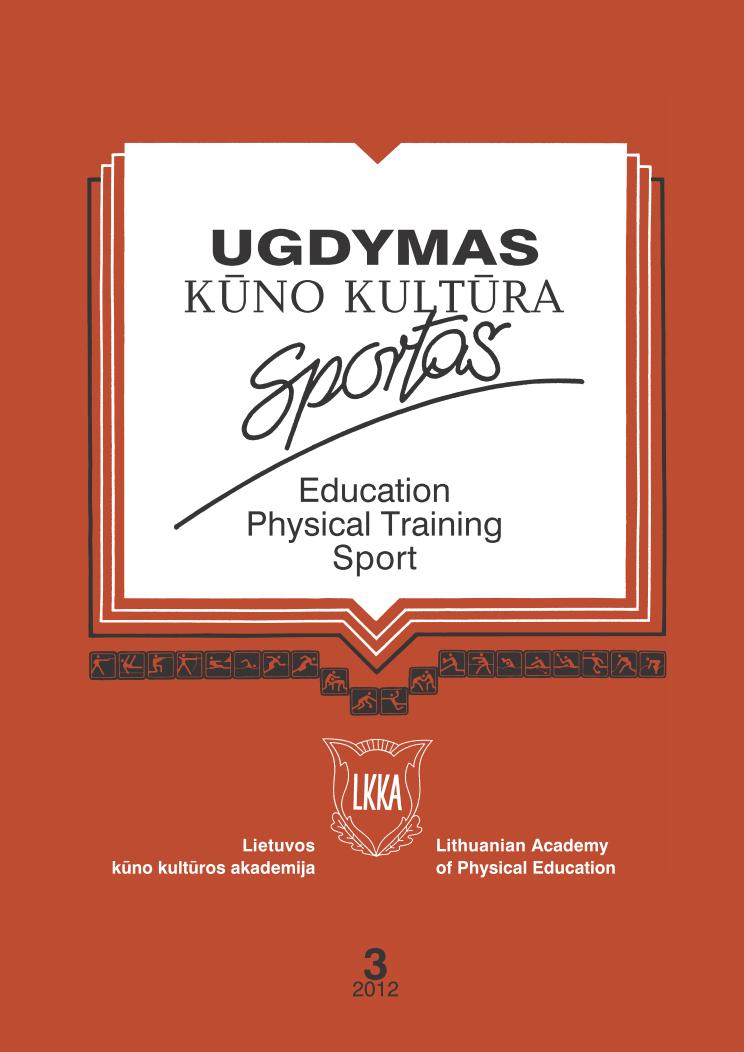Arthroscopic Surgery and Rehabilitation Guidelines of Shoulder Injuries in the Young Overhead Athletes
Abstract
Research background and hypothesis. Overhead athletes are at higher risk to suffer from acute and chronic
shoulder injuries.
Research aim was to evaluate shoulder complex functional characteristics of the overhead and non-overhead
young athletes before and two years after the concomitant arthroscopic type II superior labrum anterior posterior
(SLAP) and partial – thickness rotator cuff (PTRC) repair and to present specific rehabilitation guidelines needed for
successful return to sports.
Research methods. The sample of the research included 38 male athletes: overhead (n = 19) and non-overhead
(n = 19) athletes. All participants underwent concomitant arthroscopic type II SLAP and PTRC repair and were
available for review at a minimum of two years after surgery. Shoulder range of motion was measured with
goniometer. Constant score was used for the evaluation of the shoulder functional quality.
Research results. Function of the shoulder complex had higher increase in non-overhead group (p < 0.05).
Constant score two years after surgery did not return to optimal level. Shoulder flexion and internal rotation ROM in
both groups and external rotation ROM of non-overhead athletes were the same as before surgery.
Discussion and conclusions. Functional characteristics of shoulder complex measured with Constant score of
overhead and non-overhead athletes statistically significantly increased two years after the arthroscopic surgery.
Significant change of external rotation was established in overhead athletes: two years after surgery it was significantly
smaller and did not return even to preoperative level. Sports specific and diagnose-based rehabilitation is needed to
decrease deficit in function of the shoulder complex after concomitant arthroscopic type II SLAP and PTRC repair.
Keywords: shoulder complex, SLAP, partial-thickness rotator cuff tears, sports physical therapy.
Downloads
Published
Issue
Section
License
Copyright (c) 2018 Baltic Journal of Sport and Health Sciences

This work is licensed under a Creative Commons Attribution 4.0 International License.






